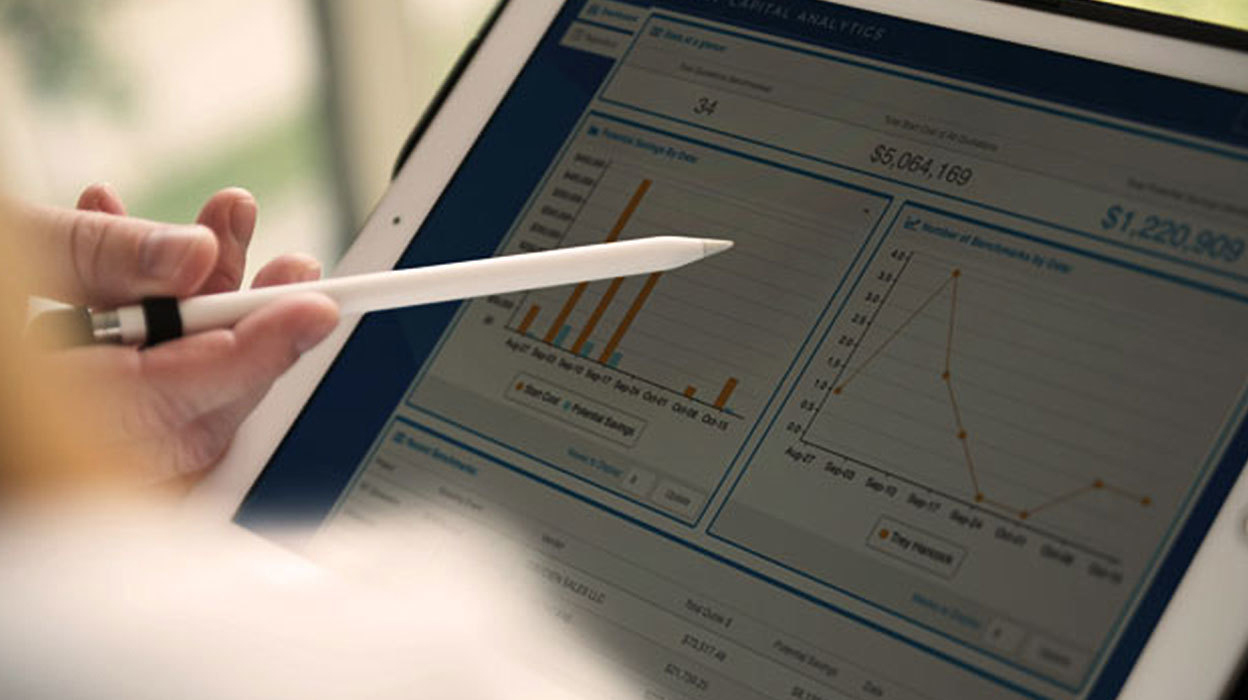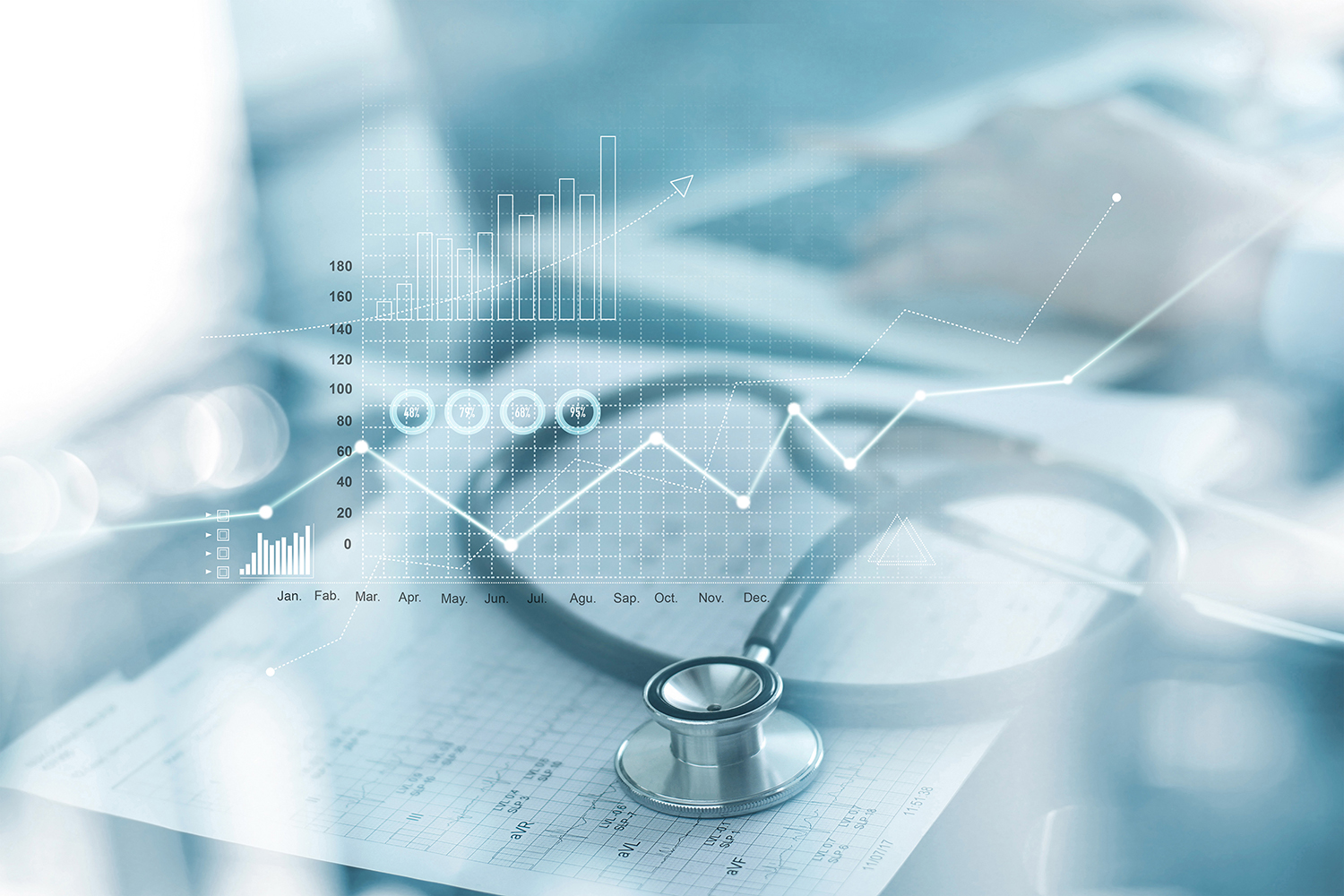Key takeaways: Aligning payments to suppliers with reimbursements from payers is critical for healthcare organizations…

Three Ways Tech is Revolutionizing Healthcare Accounts Payable
Ask any healthcare leader today, “what keeps you up at night,” and you’re likely to hear some variation of “delivering the highest quality care at the lowest possible cost” as the answer.
One area not to be overlooked when seeking significant savings opportunities opens in a new tab is the antiquated invoicing and payables processes across healthcare. The majority of health systems fail to appreciate all of the current inefficiencies, believing they’re a normal part of business.
The reality is that healthcare lags behind most industries in the shift to a digitalized accounts payable (AP) platform. Management of purchasing and AP still largely comprises manual, paper-based processes opens in a new tab. In fact, according to Premier data, as many as 70 percent of all invoices in healthcare are paper-based and nearly 85 percent of all healthcare purchasing is still done manually via paper checks.
Across the healthcare industry, these transactions can add as much as $18 billion to $22 billion in unnecessary annual expenses and delay payments to suppliers by 120 to 180 days.
Automated purchasing and payment solutions, known as e-invoicing and e-payables, can solve this.
E-invoicing technology converts paper and PDF invoices into digital format to automate, streamline and simplify the invoicing process. It can be integrated into a hospital’s or health system’s enterprise resource planning (ERP) platform.
E-payables include virtual credit cards, Automated Clearing House (ACH), wire transfers and enhanced ACH (or ACH+) that are used for vendor payments. They take the place of paper checks, are automatically processed and reconciled, and can also be integrated into a provider’s ERP platform.
Premier’s tech capabilities harness these opportunities and have enabled one of our members to realize millions in savings.
Through our recent investment in electronic AP solutions opens in a new tab, we’re making it easy for our member healthcare organizations to take advantage of e-payables and e-invoicing technology. Detroit, Michigan’s Henry Ford Health System (HFHS) is one shining example of AP automation success.
HFHS – comprised of five hospitals, numerous medical centers and one of the nation’s largest group practices, the Henry Ford Medical Group – sought to simplify and scale its AP processes as a result of the health system’s growth.
HFHS had a long-standing agreement with an outside agency to manually enter paper invoices into its AP system. But after acquiring a new hospital, HFHS quickly realized that, for a growing organization, paper-based processes were unnecessarily time-consuming, resource- and cost-intensive, and difficult to manage.
To drive operational efficiencies throughout the health system and make the move to an electronic solution, HFHS turned to Premier’s technology to digitize its paper and PDF invoices as well as implement a Single-Use Account (SUA) solution.
With this transition, HFHS was able to recognize more than $1.8 million in savings in fewer than three years.
Here are three important things to know about e-invoicing and e-payables technology.
1. It relieves administrative burden and eliminates waste.
On average, it takes 14.3 days to process a paper invoice. Compare that to 3.7 days to process a digital invoice, and there’s no disputing that modern, automated AP processes operationalize and streamline the workflow, give staff back valuable time and contribute to overall workforce optimization opens in a new tab.
With less back-office processing work, AP professionals are freed up to focus on more value-added and strategic activity that contributes to the organization’s bottom line.
2. It reduces expenses.
The difference in the cost of a paper invoice versus a digital invoice is $12. To put this into perspective, let’s say 25 health systems collectively issued 14 million purchase orders (POs) in a year. On the low end, if we assume that 50 percent of those POs were paper, the health systems would have saved $84 million over the year just by using an automated solution!
Savings can also be found in electronic payment transactions, which average $4 per transaction, versus check payments, which average $7 per check.
3. It creates opportunity for additional prompt pay discounts, which benefit both healthcare organizations and suppliers.
Prompt pay discounts offered by suppliers encourage hospitals and health systems to pay their invoices within a certain time period, and they’re a win-win for all parties involved. How?
- Payment discounts can provide significant cash return to healthcare organizations.
- Quicker payment and reconciliation can improve suppliers’ working capital.
- Suppliers can quickly become preferred vendors, with the possibility to earn more business from hospitals and health systems using e-payables over the long term.
Tech can solve the biggest challenges within the antiquated AP process – modernizing how hospitals, health systems and suppliers interact along the payment continuum.
In the near term, healthcare leaders can expect overhead expenses to decrease and productivity to increase; in the long term, they can expect that more predictive working capital management will positively impact their organization’s credit and bond rating, ultimately improving financial performance.
No more wasted time and money on AP – those are a few good reasons to rest easy at night.
If your healthcare organization is still using low-tech means to manage AP processes, it’s time to consider a change.
- Check out our cloud-based, procure-to-pay technology opens in a new tab.
- Deep dive into the benefits of clinically integrated, tech-enabled cost management solutions opens in a new tab.



